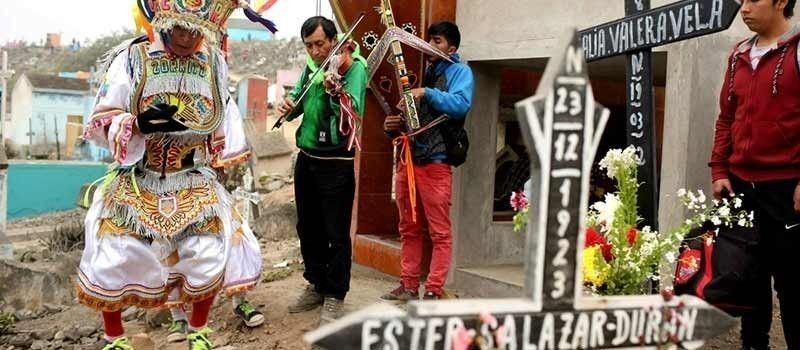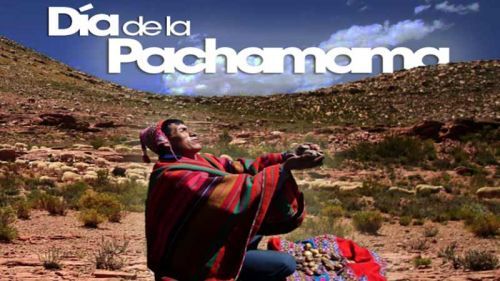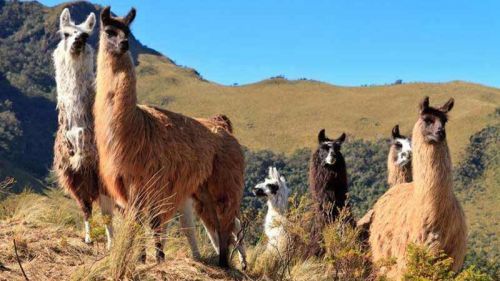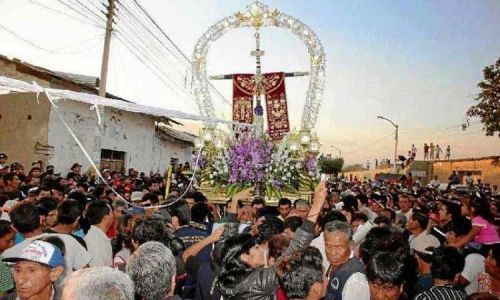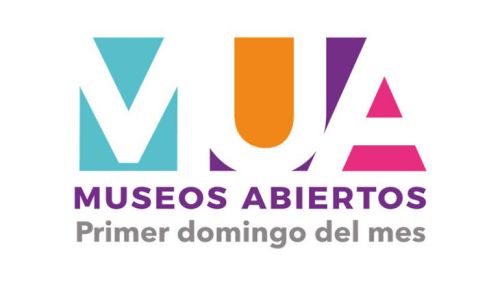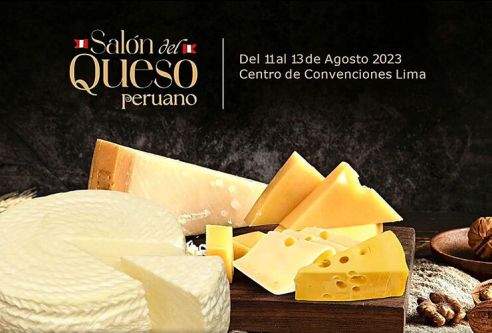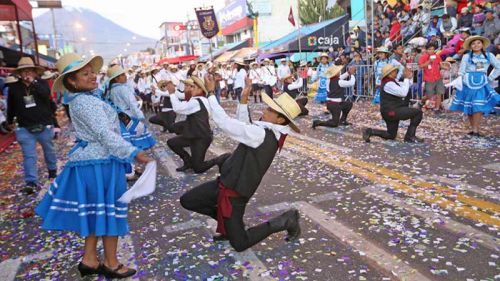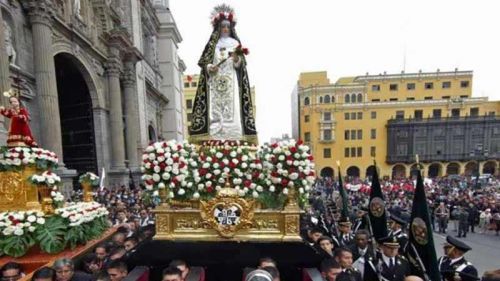As so many other religious festivities in the country the celebration of All Saints’ Day (Día de Todos los Santos Vivos) and All Souls’ Day (Day of the Dead - Día de los Difuntos) is a mixture of Christians elements brought to Peru by the Spanish conquerors and ancient indigenous traditions.
As in native pre-Colombian cultures the worship of the dead was an integral part of everyday life - mummies were regularly dressed up, paraded around, brought offerings and present at all important rituals - the concept of the Catholic celebration of All Saints and All Souls wasn’t foreign to native Peruvians and easily merged with indigenous traditions.
Traditionally All Saints' Day on November 1 is celebrated in honor of all the saints by attending a mass and enjoying a traditional meal such as Lechon (suckling pig) with tamales and chicha (an Andean corn beer) with family and friends. In some areas, a candlelight vigil is held until the early morning hours of November 2.
November 2 is dedicated to the Dead and celebrated differently than the strict and traditional All Souls’ Day. As in many other Latin America countries Peruvians head to the cemeteries for a lively celebration colorfully decorating the gravesite of deceased loved ones and bringing small gifts and offerings such as flowers, sweets, food, alcohol and bread shaped like babies, dolls, grandparents, horses, crowns or stairs which all have a different symbolic meaning.
Even though the Day of the Dead is the main celebration day for Peruvians, as All Saint’s Day is a public holiday in Peru and many Peruvians are off work, it’s not uncommon to find colorful celebrations with musicians and dancers offering to perform in honor of the deceased in exchange for a small tip, street vendors and an overall festive atmosphere with lots of traditional food and beverages on both days at Peruvian cemeteries.


